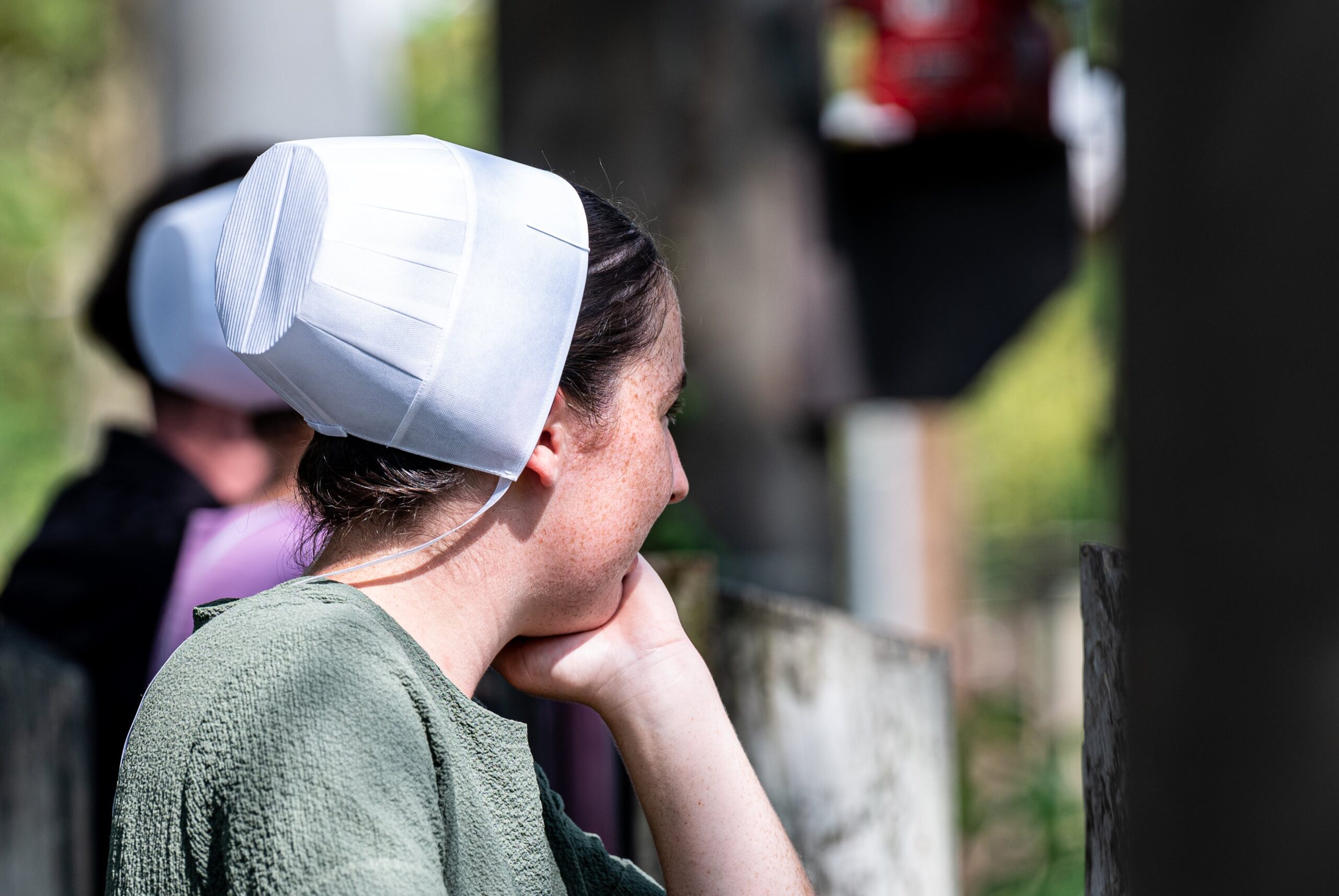
What the Amish Can Teach Us About Getting Kids Ready for Life
By Tim Elmore
When my two kids turned 12, my wife and I initiated a special two-year journey that would become a “rite of passage” for them—an experience that would offer vision for what life could look like for them as an adult. We took them on special trips, introduced them to mentors, gave them symbolic gifts, and celebrated the upcoming opportunity to take their place in the world.
Perhaps you’ve practiced your own version of this rite of passage.
Every teacher, school administrator, coach, youth leader, and parent I know wants to help their kids prepare for the life that awaits them as an adult. We want them ready to embark on a career after graduation with a sense of self-assured confidence, to see the big picture, and to bet on themselves as they enter job interviews. Believe it or not, there are populations of Americans who share this desire for their young and can teach us a thing or two.
A Surprising Group to Learn From
After several trips to Lancaster, Pennsylvania and Elkhart, Indiana, I stumbled across some great lessons from the Amish about how they prepare their youth for adulthood. The Amish have developed some valuable traditions for us to learn from. While I knew their history, I didn’t realize how they prepared their young for what’s ahead. Here are a few of the traditions I noticed below.
Work is part of their educational preparation.
The Amish recognize the value of both book smarts and street smarts. Their children are required to attend school until they’re 14 years old. After that, they can choose to continue their education or start working. Some Amish children choose to go to college, but this isn’t common. Most Amish children finish their education after eighth grade. Their community considers real-life work experience as part of the rite of passage into adulthood. While I believe in formal education, I believe work should be part of kids’ maturation. Taking them from a classroom to a workplace as a teen eases them into adulthood.
Exploring boundaries is part of the experience.
The Amish recognize that adolescents naturally test boundaries and must embrace their own identity. Most of their communities practice “rumspringa,” which is a German term meaning “to run around.” It generally occurs between 16-24 years old when teens are permitted and even encouraged to explore otherwise forbidden or strictly regulated behaviors before making the choice to commit to the church or to leave the community. They investigate the outside world to figure out who they are. Knowing adolescence is a time to ask questions and own their own decisions, the Amish empower them to do just that. When they return, it’s their decision, not their parents,’ and it ultimately solidifies their place as adults in the community.
A celebration leads them to courtship and marriage.
The Amish acknowledge the human spirit and the hunger to celebrate in their teen years. Contrary to common belief, Amish teenagers aren’t deprived of the joys and adventures typical of their peers. The elders within the Amish community possess a deep understanding of the teenage spirit. So before transitioning to full-fledged adulthood, these Amish teens enjoy a celebration to explore the outside world and even romance without fear of reprisal from elders. Courtship unfolds, however, within a unique framework—all dates occur in public spaces, ensuring that intimacy remains on hold until the sacred bonds of marriage are formed.
Entering a marriage covenant is a family affair.
The Amish believe most of us want to find a partner and marry into a family, not just a person. Once the church has given its blessing, an elaborate ceremony culminates in wedded bliss within the Amish community, and another celebration ensues. To kickstart the honeymoon, the couple embarks on an unusual but cherished tradition: their first night together is spent at the bride’s parents’ home. The following morning, the couple embarks on a unique ritual: cleaning the house. This act symbolizes their appreciation and respect for their families. Then, they embark on a journey of visiting various relatives, hopping from one house to another. Only after this process do the newlyweds finally enjoy their first night together alone.
Maturity means taking your place in the larger community.
The Amish are convinced every individual must engage in humanity’s social contract. No one is an island. Within Amish communities, the ethos of sharing and caring takes center stage. They embody this attitude through collective endeavors like barn-raising events and grand potluck gatherings. These events bring everyone together, with each community member contributing a dish, creating a time for spirited social interaction. The Amish community thrives on the bedrock of unwavering solidarity and mutual support. Constructing barns for fellow members in need becomes a rallying point, drawing active participation from every member.
America has typically celebrated independence and a rugged individual spirit. However, genuine maturity means embracing humanity’s social contract—being exactly who you are, yet finding your place and belonging to a larger community. I believe we should borrow a page from the Amish playbook when it comes to preparing our kids for real life. What translates for you?
If you like this blog then you’ll LOVE Andrew McPeak’s newest book called “Ready for Real Life: Unpacking the Five Essential Soft Skills Great Leaders Instill in Their Students.” This book defines the five core soft skills all students need. Using compelling stories and practical ideas, this book shows how these five skills, though timeless in human history, are still relevant in the 21st century. To learn more about this amazing resource, click here.






